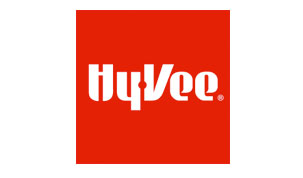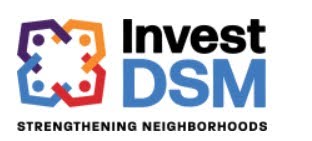New report shines light on need for more low-income housing in Central Iowa

Polk, Dallas and Warren counties have at least 10,811 low-income housing units that were built with money from federal housing programs, a new report shows.
Over the next five years, 741 of the rental units have the potential of losing their income-restricted rental status as contracts are fulfilled for tax credits and other federal funding, the study by the Polk County Housing Trust Fund in partnership with Capital Crossroads shows.
“We don’t want this housing to blend into the background,” Matt Hauge, the trust’s director of communications and community outreach, said. “It is a huge community asset and housing that people really need.”
Hauge and Johnny Alcivar, the trust’s director of planning, research and compliance, spent over a year building a database of federally backed low-income rental properties in Polk, Dallas and Warren counties. When developed, each of the rental projects in the database received federal funding from one or more housing programs: low-income housing tax credits, Housing and Urban Development’s multifamily housing programs; Department of Agriculture’s rural development housing programs; or public housing.
Hauge and Alcivar created an interactive map that shows the location of the federally backed rental properties, the number of income-restricted rental units in the project and the date the contracts are expected to be fulfilled.
The database and interactive map were developed by gleaning information from the National Housing Preservation Database and other public and private sources.
The review found 10,811 federally backed properties in Polk, Dallas and Warren counties. Specifically:
- Polk County has a total of 9,075 housing units built in 141 federally backed developments.
- Dallas County has 1,138 units built in 22 federally backed developments.
- Warren County has 598 units built in 13 federally backed developments.
Over 830 income-restricted units are proposed to be added in Central Iowa in the next year or so. The report described the projects in the pipeline as “a healthy pace of production” but cautioned that there would be a net total of 89 new properties if the more than 740 units are lost.
“Demand for affordable housing continues to outpace the supply,” Alcivar said during a webinar at which the report was released. Uncertainty surrounding future funding of the federal housing programs means “local support is more important than ever,” he said.
Typically, to qualify for income-restricted housing a household’s income must be 60% or less of the area median income. In Polk County, that means a four-person household with an annual income of $68,700 or less likely qualifies for income-restricted housing. An estimated 40% to 45% of Polk County households had an annual income of $68,700 or less between 2019 and 2023, according to the U.S. Census.
Hauge, in an interview after Thursday’s webinar, said that it’s important to preserve the low-income housing that currently exists and build new low-income rentals in high-cost areas of Polk, Dallas and Warren counties.
“We need to be smart about where we build,” Hauge said. “We should build in areas where rents are higher. In areas where [low-income] housing exists already, we should be more focused on preserving what we have.”
Specifically, that means preserving low-income housing units in Des Moines and building more in the suburbs, Hauge said.
Housing “is a regional issue,” said Kaity Patchett, executive director of Capital Crossroads, a collaboration of regional organizations, leaders, and residents who are developing a focused, ambitious and sustainable roadmap for Central Iowa. “That means [all of the area’s communities] need to work together and be strategic about preserving and investing in housing options across the spectrum so our neighbors have access to housing choice across Greater Des Moines.”
More online: To read the report, click here.

Kathy A. Bolten
Kathy A. Bolten is a senior staff writer at Business Record. She covers real estate and development, workforce development, education, banking and finance, and housing.










